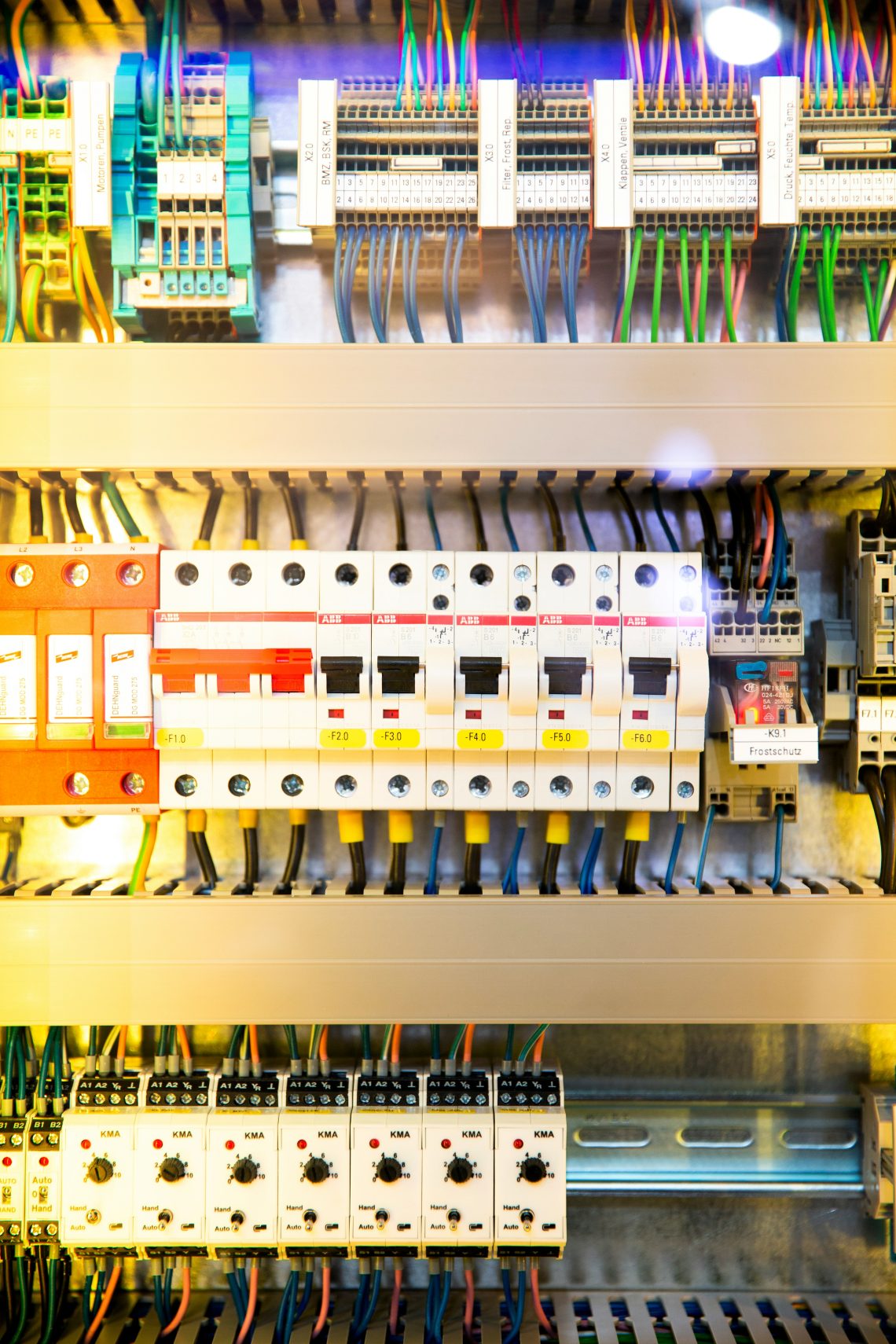Choosing the right electrical cables for a home is of paramount importance. Not only does it ensure the efficient functioning of electrical systems, but it also safeguards against potential hazards. Improper cable selection can lead to electrical failures and, in some cases, hazardous situations. With many cables available in the market, the challenge lies in selecting the most appropriate one. This guide aims to assist homeowners in making informed decisions when it comes to choosing electrical cables.
Understanding Electrical Cable Basics
Electrical cables play a crucial role in a home’s wiring system, acting as conduits for electricity. These cables are composed of several parts, each serving a specific function. Conductors, usually made of copper or aluminium, are responsible for carrying current. Insulation provides a protective layer around the conductor, preventing the current from escaping. Sheathing wraps around the insulated conductors, offering additional protection and a tidy appearance.
For homeowners and professionals alike, an electrical cables guide can be an invaluable resource in understanding the different types, specifications, and safety requirements associated with cable selection.
Some key terminologies associated with electrical cables include gauge, amperage, and voltage. The gauge of a cable refers to its thickness, which affects how much current it can safely carry. Amperage is the measure of the electrical current, and voltage indicates the electrical potential difference. Familiarity with these terms helps in selecting cables that meet the electrical demands of the home while remaining compliant with standards like the National Electrical Code (NEC), which sets criteria for safe electrical installations.
Types of Electrical Cables
There are several types of electrical cables available, each with unique features and applications. Non-metallic (NM) cables, also known as Romex, are commonly used in residential wiring for lighting and outlet circuits. Their flexibility and ease of installation make them a popular choice for indoor applications. Underground Feeder (UF) cables, on the other hand, are designed for outdoor and underground use, providing water resistance and durability.
Romex is widely trusted for indoor residential use due to its simplicity and effectiveness, but other specialised cables might be needed for specific tasks. For example, Coaxial wires are ideal for television and internet wiring, while Shielded Twisted Pair (STP) cables are used for networking purposes. The choice of cable often depends on factors such as residential architecture, existing wiring infrastructure, and specific electrical demands. Weighing the pros and cons of each type will aid homeowners in selecting the most suitable option.
Factors to Consider When Choosing Electrical Cables
When selecting electrical cables, one of the key considerations is understanding the voltage and current requirements of various appliances. It’s essential to choose cables that can handle the electrical load to prevent overheating and potential fires. Equally important is the gauge of the cable, which must align with the current it will carry. A mismatched gauge can result in inefficiency or a potential hazard.
Environmental factors also play a role in selecting the appropriate cables. Conditions such as temperature, moisture, and exposure to elements can impact a cable’s performance and longevity. Opting for cables that can withstand these conditions is critical for ensuring durability and safety. While high-quality cables might come at a higher cost initially, they often prove more economical in the long run due to their reliability and reduced maintenance needs.
Safety Tips and Best Practices
Adherence to local electrical regulations and building codes is essential when choosing and installing electrical cables. These codes ensure that installations are safe and capable of handling the required electrical loads. Conducting a thorough home assessment prior to cable selection can help identify specific electrical needs and potential challenges.
Hiring a certified electrician for installation is highly recommended. Professionals have the expertise to conduct safe and accurate installations, reducing the risk of errors. It’s important to be aware of common mistakes, such as using cables with inadequate capacity or installing them in unsafe environments, and to ensure all connections are secure.
How to Maintain Electrical Cables
Regular maintenance of electrical cables is crucial to ensuring their continued efficiency and safety. Inspection routines should be established to identify any signs of wear and tear, such as fraying or exposed wires. If damage is detected, repairs or replacements should be conducted promptly to prevent electrical failures.
Precautionary measures, such as avoiding overloading outlets and ensuring that cables are not pinched or damaged, can extend the lifespan of electrical systems. Replacement of old or damaged cables should be considered when improvements in technology occur or if frequent electrical issues arise, as new cables might offer enhanced safety and performance features.
Conclusion
Selecting the right electrical cable is a critical component of any electrical installation. By considering factors such as cable type, gauge, and environmental conditions, homeowners can prioritise safety and efficiency in their electrical systems. Regular reassessment of cable choices is advised, as technological advancements and changing needs may warrant updates. For complex setups or uncertainties, consulting additional resources or engaging with professionals is a wise approach. Thus, this electrical cable guide serves as a resource to aid in making decisions that balance safety, efficiency, and practicality.
Read more home and garden articles at ClichéMag.com
Images provided by FreePik, Deposit Photos, BingAI, Adobe Stock, Unsplash, Pexels, Pixabay & Creative Commons




